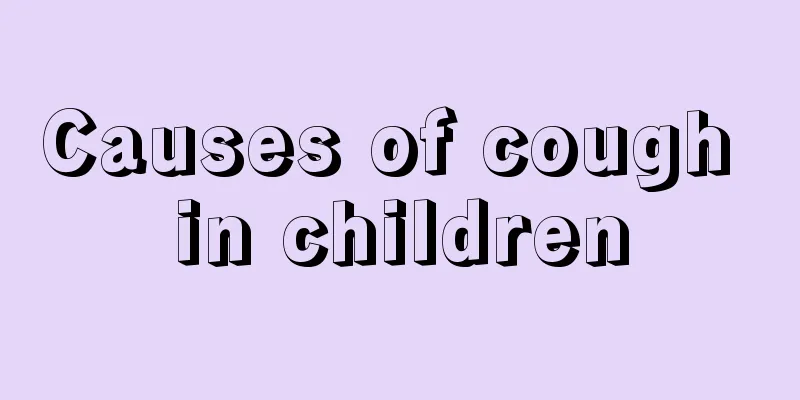White spot on the child's face

|
If you find a white spot on your child's face, you should pay attention to it. After all, it may be caused by vitiligo. You should do skin examinations in time. If you observe carefully, you will find that the color of your child's skin has become darker. The most important thing is that the cause of the disease is not so clear, but some children can relieve it on their own, so there is no need to be too nervous. 1. Sometimes, white spots will appear here and there on a child's face. The edges of the spots are irregular and there are some fine dandruff on them. The color of the surrounding skin is slightly darker than normal skin. This is medically called "simple pityriasis" or "white pityriasis." 2. The cause of the disease is unknown. It may be due to factors such as wind, sun, irritation from soap or facial cosmetics, infection from certain bacteria, or nutritional imbalance. This type of white pityriasis will disappear naturally, so parents don’t need to worry. b. Segmental type (unilateral type): white spots appear along the skin area of a certain cutaneous nerve segment, generally unilaterally distributed, more common in children, and often related to neurochemical factors; nearly half of patients with segmental vitiligo develop white hair, usually involving the hair and eyebrows. Gray hair means the destruction of hair follicle melanocytes, so segmental vitiligo responds poorly to drug repigmentation treatment; c. Generalized type: Most people's white spots are located in different parts of the body and are usually symmetrical. It is often caused by the above two types of development. In addition to white spots, many people's hair, eyelashes and beards will also turn white. In rare cases, the white spots can affect the retina and cause the eyes to lose color. In daily life, many people do not fully understand the difference between vitiligo and white spots. Due to the misunderstanding of vitiligo and white spots, their health may be affected to a certain extent. The formation process of white spots Leukoplakia can be congenital or acquired. Congenital leukoplakia may be caused by various reasons during embryonic development. Generally, white patches appear on the skin at birth or shortly after birth, such as achromic nevus, anemic nevus, achromic incontinence pigmenti, etc. The distribution of these white spots is generally limited or has certain characteristics, and the color of the white spots will not be very white. As the skin grows and develops, these white spots will neither fade nor expand significantly after stabilizing. There are many causes of acquired vitiligo. Since the skin is in direct contact with the external environment, the appearance of white spots on the skin may be caused by both internal reasons and external environmental factors, such as sun exposure, chemicals, fungal infections, etc. There are many skin diseases that can cause skin hypopigmentation or depigmentation. Some inflammatory skin diseases can cause white spots on local parts of the skin. These white spots usually occur before other inflammatory skin diseases, such as eczema and psoriasis, which destroy the melanocytes in the basal layer of the skin and cause skin depigmentation. |
<<: How many days does it take for a child to recover from a fever?
>>: Why does the child's buttocks itch?
Recommend
What causes autism in children?
When a child develops autism, we must pay attenti...
What to do if your 3 month old baby is constipated
We all know that constipation is a very common sy...
Can camellia oil treat baby eczema?
Baby eczema is a very common disease and it is ea...
Is bronchopneumonia serious in children?
Bronchopneumonia is a very common respiratory dis...
Newborn baby has a gap in the upper gums
We all know that newborns have no teeth when they...
What should I do if my 10-month-old baby has diarrhea and fever?
There is a newborn baby at home who is only ten m...
What to do if a three-year-old child has phimosis
Most children have phimosis from birth. For many ...
How to check what the child lacks
The human body contains a certain amount of nutri...
Will precocious puberty affect a child's future height?
Today's society is a period of rapid developm...
Polydactyly in infants
When the baby is still in the mother's womb, ...
What to do if your two-year-old baby doesn't have a bowel movement for three days
What to do if your two-year-old baby doesn't ...
Is 377 degrees considered a fever for a child?
Under normal circumstances, the body temperature ...
Is yellowing of the whites of a newborn's eyes jaundice?
After going through the difficult ten months of p...
Red spots on baby's body_small red spots on baby's body
Many parents will find red spots on their babies&...
What to do if your child has poor self-control
What parents worry about most is their children a...









